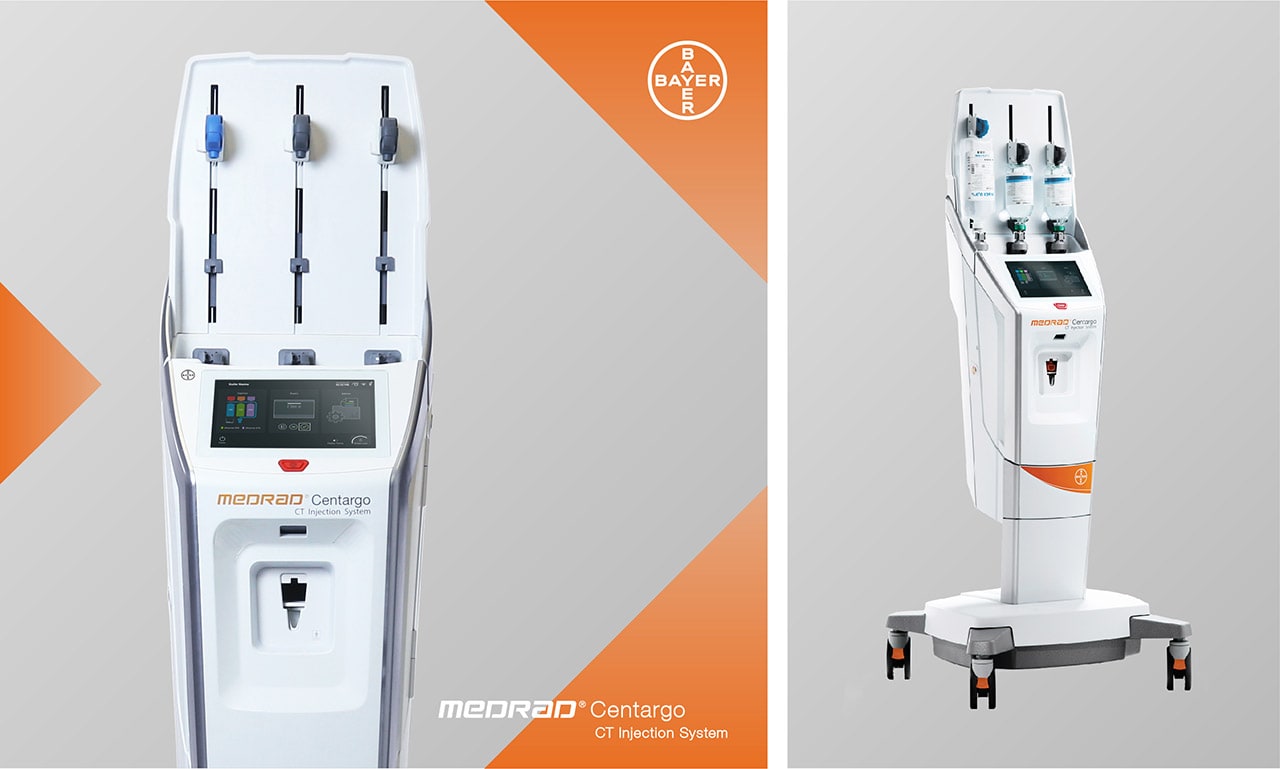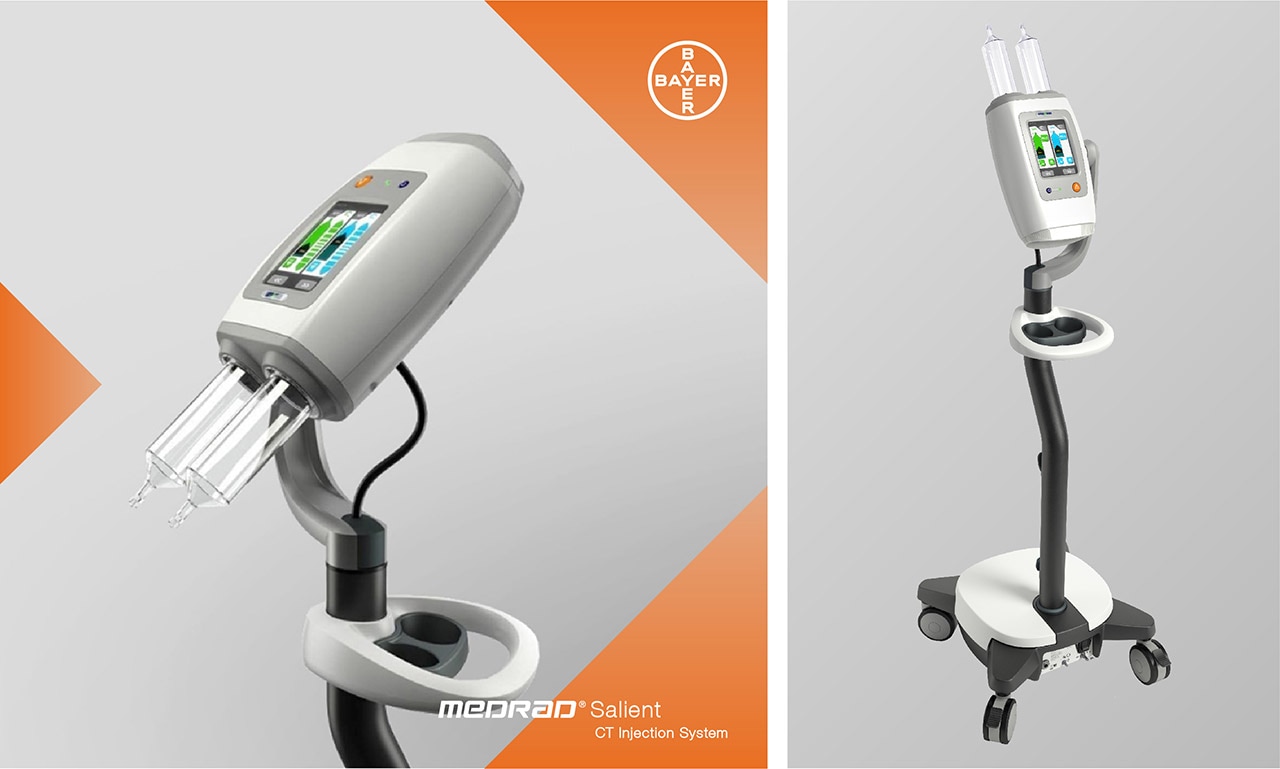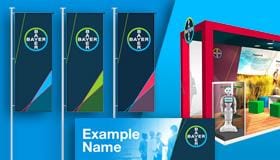Product hierarchy and model ranges offer different entry/ purchase levels, enabling different products to address varying market and customer needs. As such, each range should innately visually express the corresponding perceived values and qualities sought to align expectations of users and customers.
The following section provides high level guidance on how to approach defining design languages for the different tiers of Radiology devices.

(ref. https://www.pocket-lint.com/cars/news/tesla/137055-tesla-everything-you-need-to-know)
The Product Ranges
Two basic ranges are generally adopted for Radiology devices:
- Premium Range. Focuses on innovation, state-of-art technology and full features
- Value Range. Focuses on minimizing cost
Both ranges should share a common design lineage and follow the same core design language as outlined in all other sections of the design guidance. Each range has a slight emphasis on different messages and product attributes.
These differing attributes are conveyed by purposeful variations in applying the use of color, materials, finishes, shapes and design details.
Design Principles
Premium Range
The Premium Range offers clinical, functional and device superiority, cutting edge technologies and high-level automation. High efficiency and performance are expected from this range.

Shape, Form & Design Details
Follow the guidance for defining shapes, forms, and surfaces. See:
In addition, for the Premium range:
- Shapes adopted can be more angular/ sharp and less rounded when compared to a Value range device, to emphasize a ‘machine’ or ‘man-made’ aesthetic to enhance the sense of performance & efficiency.
- A slightly greater degree of visual complexity can be used with more intricate design detailing to further heighten the sense of high-quality engineering & performance.
Color, Materials & Finishes
Follow the guidance in the Color, and the Materials & Finishes sections. See:
- A presence of metallic silver (instead of light grey) for key features should be afforded on a Premium Radiology device. When used purposefully on handles and trims, this will convey a sense of Technology and Innovation of the Premium device.
- A higher presence of metal and metallic finishes may be used to elevate perceived quality of the Premium device.

The injector head incorporates a metallic finish top and likewise the injector head and GUI have more visual detail as compared to a Value range device.
Lighting
Follow the guidance on the application of lighting in the User Interaction section. See:
In addition:
- Both functional and mood lighting should be offered in Premium devices.
- Premium devices offer customizable lighting options to enable more functionality in tailoring mood and ambience to use environments.
Value Range
The Value range offers a low device cost entry option. Focused on offering basic/ core functions, more manual and is more accessible with no compromises to safety or quality.

The device adopts softer rounder shapes in addition to less visual detail and complexity.
Shapes, Forms & Surfaces
Follow the guidance for defining shapes, forms, and surfaces. See:
In addition, for the Value range:
- Shapes and forms adopted can be softer and rounder to convey an added sense of approachability and therefore accessibility.
- Volumes where possible should be reduced further to convey a perceived lightness.
- Surfaces and design details should have function in mind and pared back. Avoid unnecessary stylistic treatments and embellishments.
Color, Materials & Finishes
Follow the guidance in the Color, and the Materials & Finishes sections. See:
- A minimal presence or absence of metallic silver color should be adopted.
- Consider replacing highlight features with opaque grey colors and tones to reduce the emphasis on Technology and Innovation and increase visual differentiation with the Premium range.
- A minimal presence or absence of exposed metal and metallic finishes should be adopted.
Lighting
Follow the guidance on the application of lighting in User Interaction section.
- Core functional lighting may be offered.
- No customizable lighting options should be offered.

The device adopts softer rounder shapes in addition to less visual detail and complexity and is particularly pared back in this injector.
Summary
| Premium range | Value Range | |
|---|---|---|
 |
 |
|
| Shape, Form & Design |
|
|
| Color |
|
|
| Materials & Finishes |
|
|
|
Lighting |
|
|
If you have any further questions about this or any other section of Bayer Identity Net, please contact:





